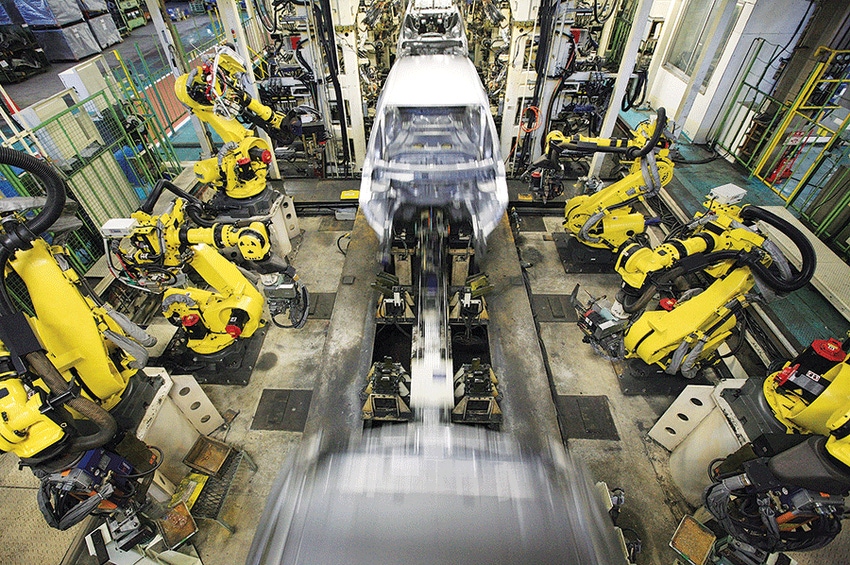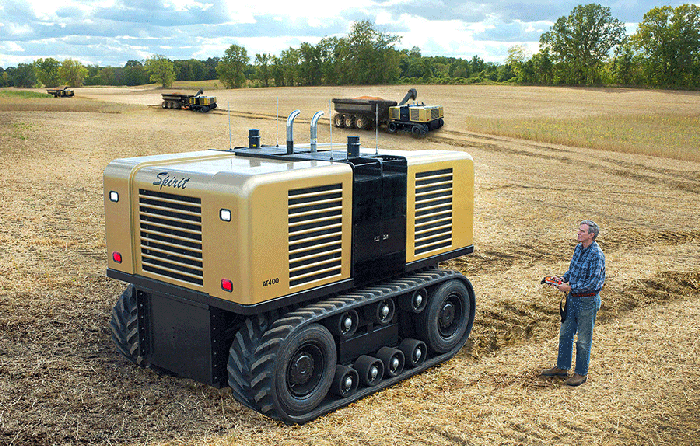
It hasn’t been that long ago that we would have scoffed at the idea that one day we’d see vehicles on our streets and highways with nobody at the wheel. Science fiction. Comic book stuff. Never happen.
And yet, autonomous vehicles are already being tested in a few major cities, and the auto industry is investing millions of dollars developing and refining software and systems to make the cars and trucks a widespread reality as we move into the 2020s.
On a somewhat smaller scale, the same is taking place in agriculture, where the challenges are a lot fewer in terms of traffic, pedestrians, etc. Tractors and other farm machinery can pretty much drive themselves now, but the future goal is to have them perform their tasks with no human on board — everything done with electronics and sophisticated software.
The concept Spirit tractor is a prototype of machines that may do fieldwork in the future with no humans on board.
These are just two of the countless sectors that are rapidly replacing humans with computerized systems and robots — in the process increasingly eliminating jobs.
There is, online, a video of robots installing rivets for the fuselage of a huge Boeing 777 airplane — 60,000 rivets that previously required a lot of man hours. That fuselage, stitched together with the help of robots, will become part of a tremendously complex aircraft (which, for the most part, can fly itself) that will transport thousands of humans and/or cargo all over the globe.
From auto assembly lines to medicines to packaged foods, automated systems and robotic devices are doing work once done by humans. While it’s true a lot of low wage, handwork jobs have gone overseas in the last couple of decades, an analysis by the Ball State University Center for Business and Economic Research shows that of the 5.6 million U.S. manufacturing jobs lost between 2000 and 2010, 85 percent were due to technology. Only about 13 percent were lost due to international trade.
But U.S. productivity went up: Today, 12 million manufacturing jobs produce as much as 21 million jobs in 2000. Robots and automated systems don’t call in sick, don’t care about 8-hour days, don’t want benefits — they just need engineers to design them and technicians to keep them running and to install the upgrades that inevitably come. Even China and other low wage countries, in order to meet competition, are now rapidly building automated factories that need only a handful of humans instead of hundreds, or thousands.
However much politicians blather about bringing manufacturing jobs back to the U.S., it just isn’t going to happen in huge numbers. Even those plants that do come back will rely heavily on automation. The technology genie is out of the bottle, and the stopper is lost.
The challenge for politicians and sociologists is to figure how we will deal with a nearer-than-we-think nation in which people become more and more redundant in terms of producing things.
About the Author(s)
You May Also Like




